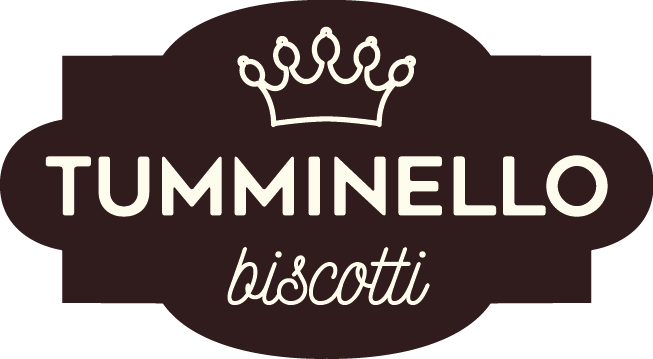Easter is one of the festivities that includes the greatest number and variety of typical sweets. These sweets were generally rich in eggs because during Lent, especially in the past, a very moderate diet was observed which usually included the exclusion of meat, eggs and cheeses.
At the end of this period of deprivation which lasted for forty days, the resurrection was celebrated with particularly rich dishes and evocative and greedy sweets with which to pamper the family. Thus, among the many Sicilian traditions, one of the oldest and most rooted is the one that is repeated every year in Castelbuono , in the province of Palermo, where on Easter morning it is customary to have breakfast with the so i Easter , the Easter things , very large, simple biscuits, flavored with cinnamon, but rich in flavor, reminiscent of ladyfingers.
One of the main features of these sweets is the manual modeling of the dough in the shape of little horses for the boys and puppets for the girls, while hearts or doves were made for the adults of the family.
After cooking the biscuits are decorated with royal icing, called veiled, colored sugars, called diavulicchi, sugared almonds and cannittigli, sugar cannellini with pieces of cinnamon inside.
The roots of the Easter eggs are so ancient that traditional preparation involves the use of an earthenware pot and a cane cut lengthwise to be used as a whisk for whipping sugar, eggs and flour by hand.
The name is typical of Castelbuono where the same linguistic scheme is followed also for other delicacies and then the desserts in general are called the so duci, the buccellati are called the so chini, while the so the mennula are almond-based sweets.
